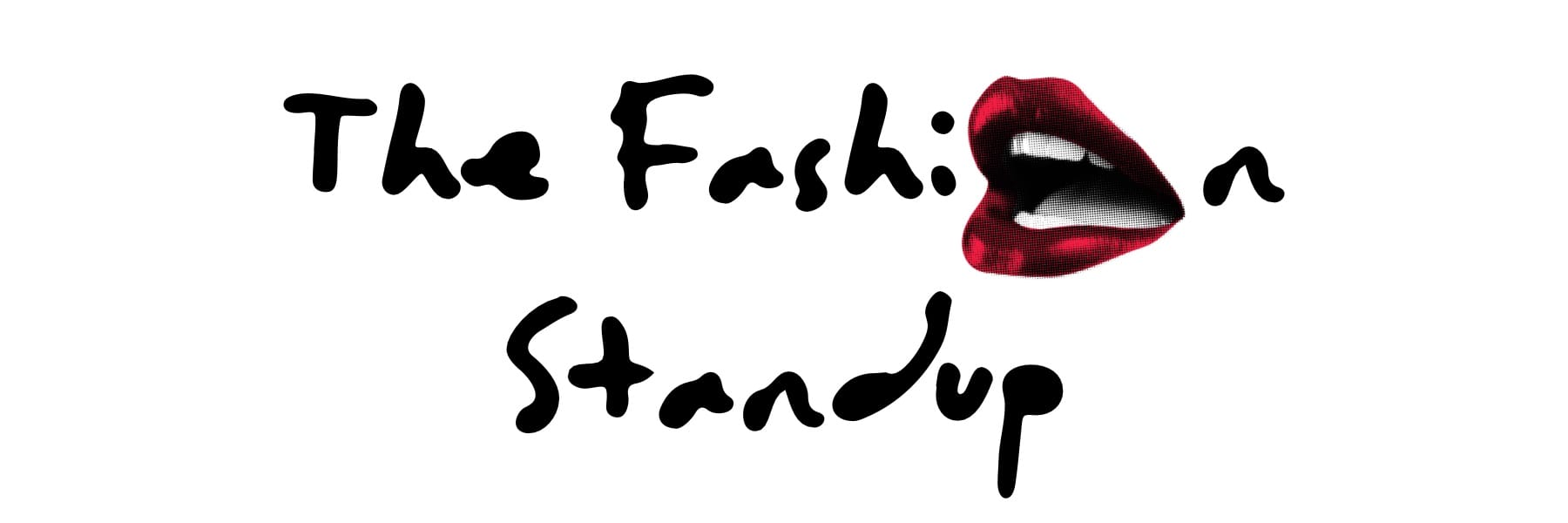Fashion across the Mediterranean
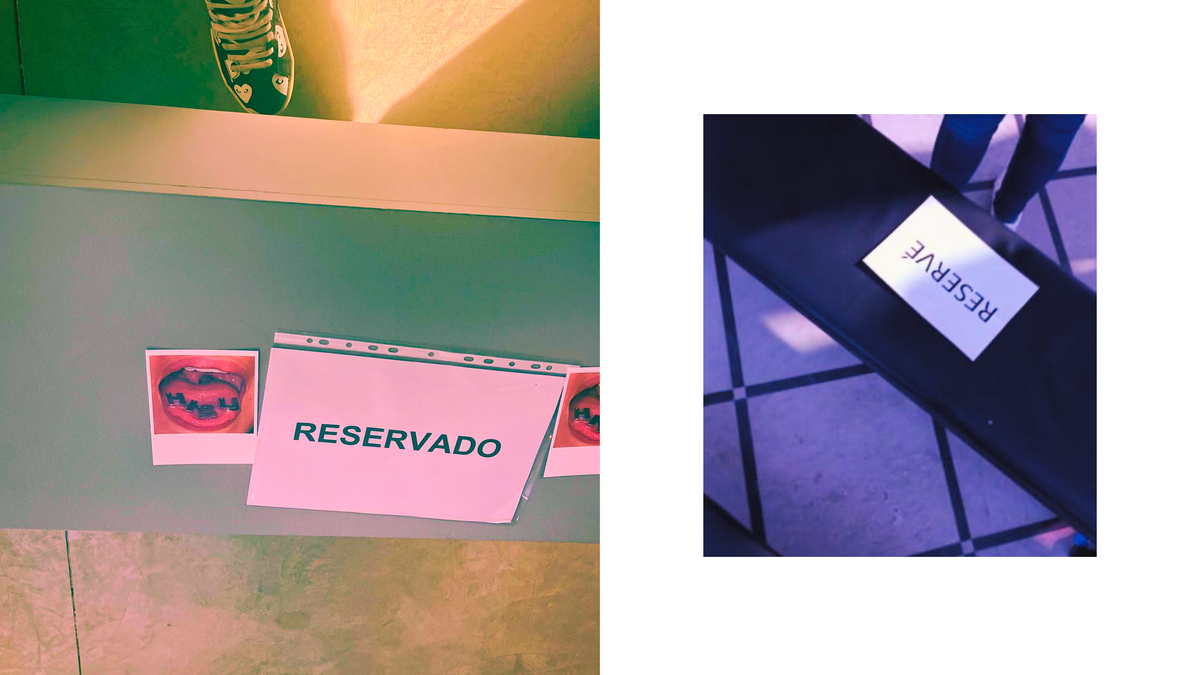
The series of essays showcasing the community that surrounds The Fashion Standup continues. But this time with a twist - what twist? It won't be just me asking questions, with an almost childish curiosity. This article is the result of an interview from both sides.
My guest is Christelle EL-Daher, a Lebanese journalist and fashion writer. Like so many other members of our TFS community, we met through Instagram, after all, we fulfill the primary purpose of social media.
The red thread that united us was the fact that we developed work with similar missions, which is to talk and write more, or even more, about the Fashion clusters in the countries where each of us is from and where we live - Portugal and Lebanon, respectively.
The other day I read somewhere about whether fashion was becoming nationalist… In my opinion, the term nationalism, in the world we live in today, is a dangerous term to use, being connected to political ideologies that compromise freedom and democracy, and consequently the exercise of fashion itself. Without denying the possibility in general, as I have no data to do so, I believe that in these two cases it is a consequence of a global and connected world.
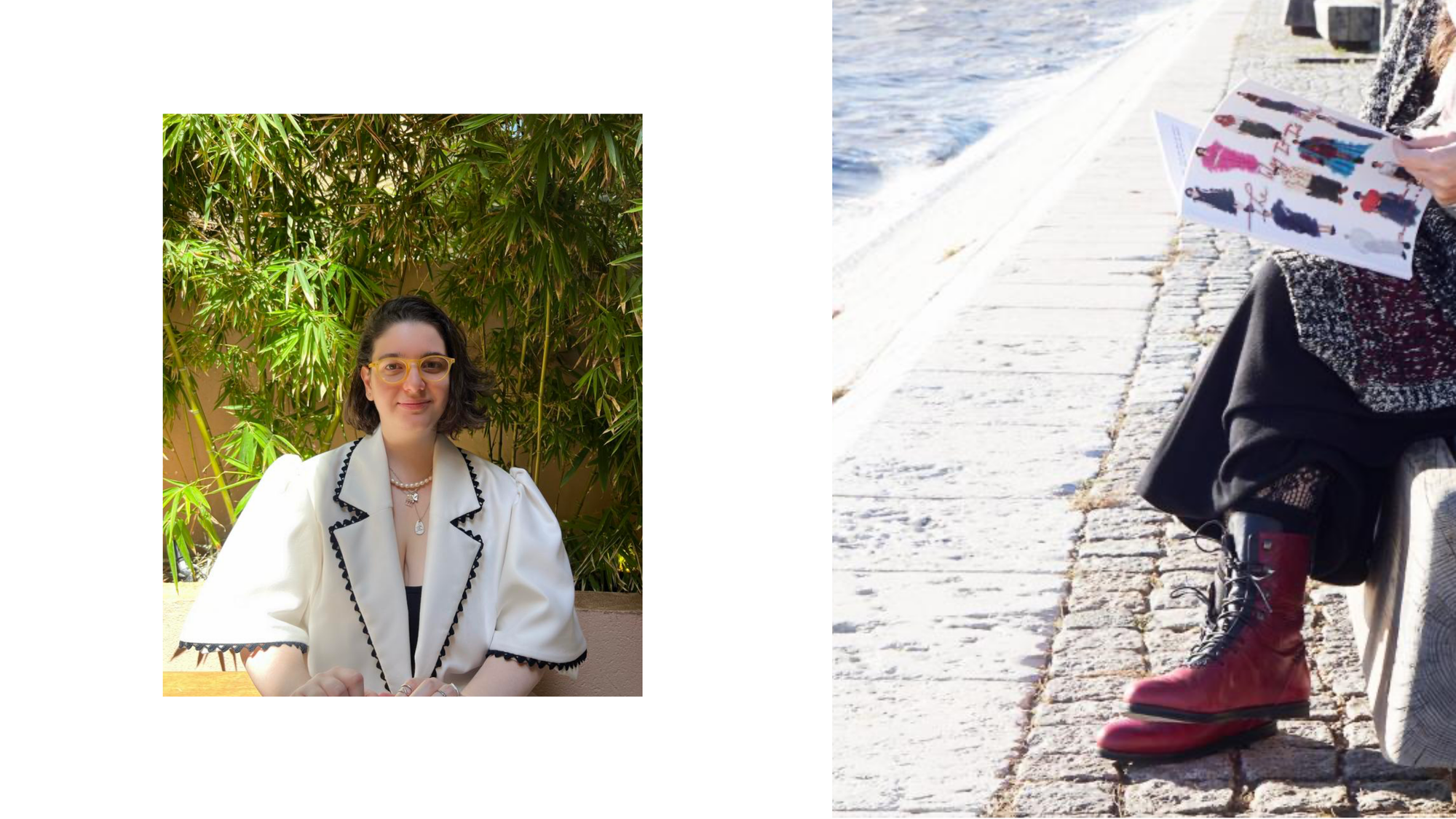
Context in which we recognize that the development of creative and fashion clusters in the territory deserves to be recognized, as are those of other geographies, not through comparative means - not as being better than, but as meritorious and singular included in an idea of plurality.
So, in a long and effervescent conversation, we talked about: training; religion; feminism; life paths; economy; historical insights; geographies, religions; family; time; mentors; borders…
Some people might think we didn’t talk about Fashion. Of course, we are talking about Fashion, Fashion is in the air we breathe - or else the Zeitgeist would not be such a crucial part of Fashion.
Christelle's questions allowed me to reflect on myself, the goals and intentions with which I started this project. In a genuine and shameless way, I was able to talk about my goal of talking about Fashion in greater depth and with intense research from the point of view of a trained Fashion designer.
Something I had already done countless times in different ways, but also touching on a subject that can be taboo in the digital world - and that even when writing makes me doubt whether I should talk about it... The intention, as the evolution of this body of work, is to monetize my content, given that Substack itself, one of the platforms of this newsletter, calls itself “a new economic engine” for culture.
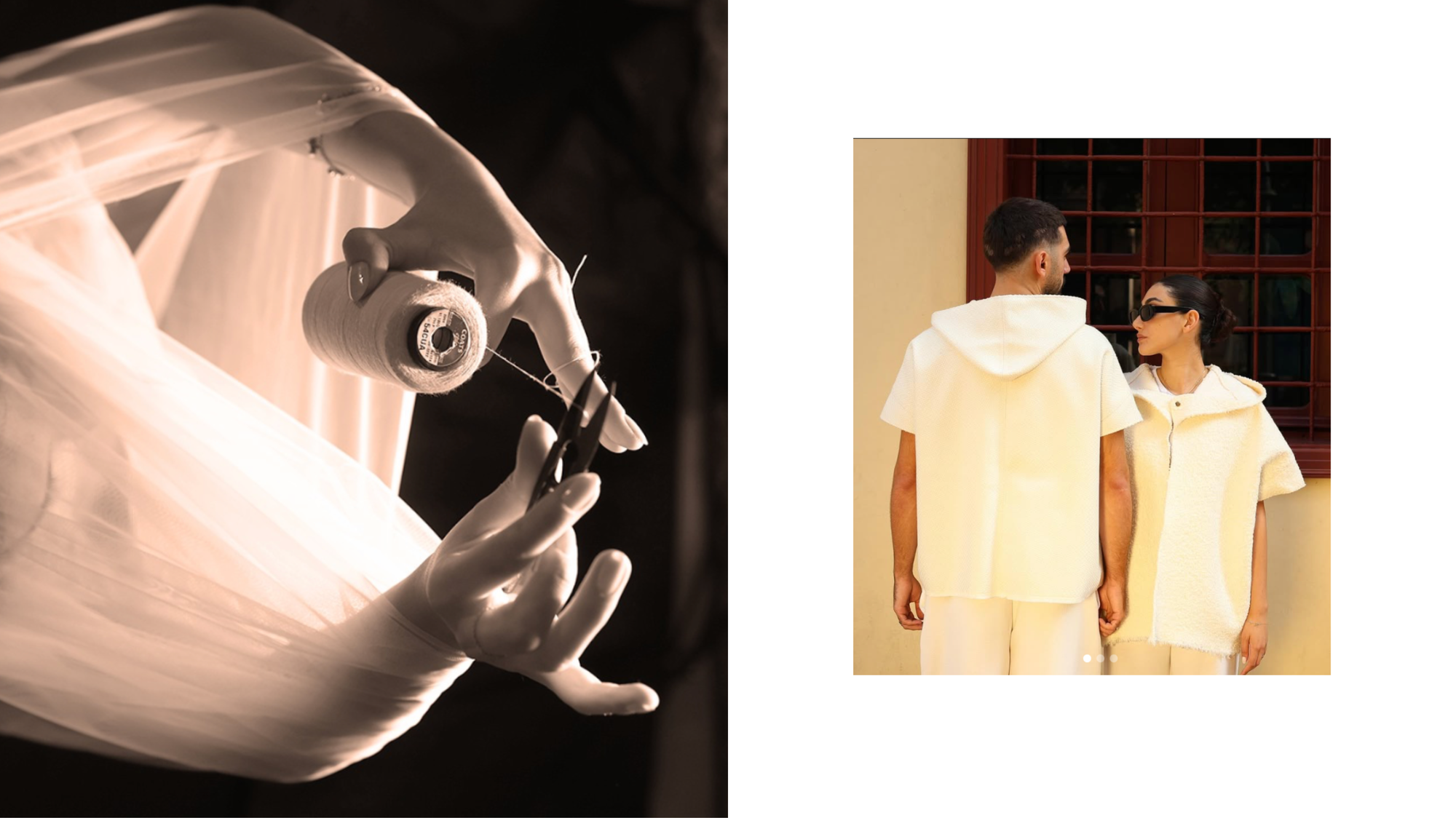
One of the parallels of the Fashion cluster that stood out most in this conversation was not a question of cultural habits. But what are the bases on which the Fashion System in Portugal is based vs the Fashion System in Lebanon?
In Portugal, the System is based on the emergence of Lisboa Fashion Week and the inherent creation of the ModaLisboa Association, which nurtures young talent and catalyzes the creativity and progression of more established designers. Whereas in Lebanon, the isolated success stories of Lebanese designers in European or GCC ecosystems do not pave the way or create the foundations for a creative industry as a whole.
Another obstacle to the affirmation of Lebanese fashion resided not only in the process of westernization carried out in the country, to which was added the civil war. Added to this, to this day, are the preconceived ideas that so-called Western countries have of the so-called Arab countries, often grouping them together and not perceiving them individually.
As a result of this Western portrait that I had in mind, I asked Christelle about religion and the role of women in society. In her view, female oppression is not related to a widespread social practice or one that is based on religion, any of the approximately 18 manifestations of beliefs present in her country, including Christians, Jews and Muslims. In her view, violence against women or the violation of their rights and freedoms comes from toxic masculinity. This phenomenon is not exclusively Arab. Cases of homicide due to domestic and sexist violence are on the rise in Europe. Nevertheless, each individual, family or community can use their religious convictions to materialize their sexism.
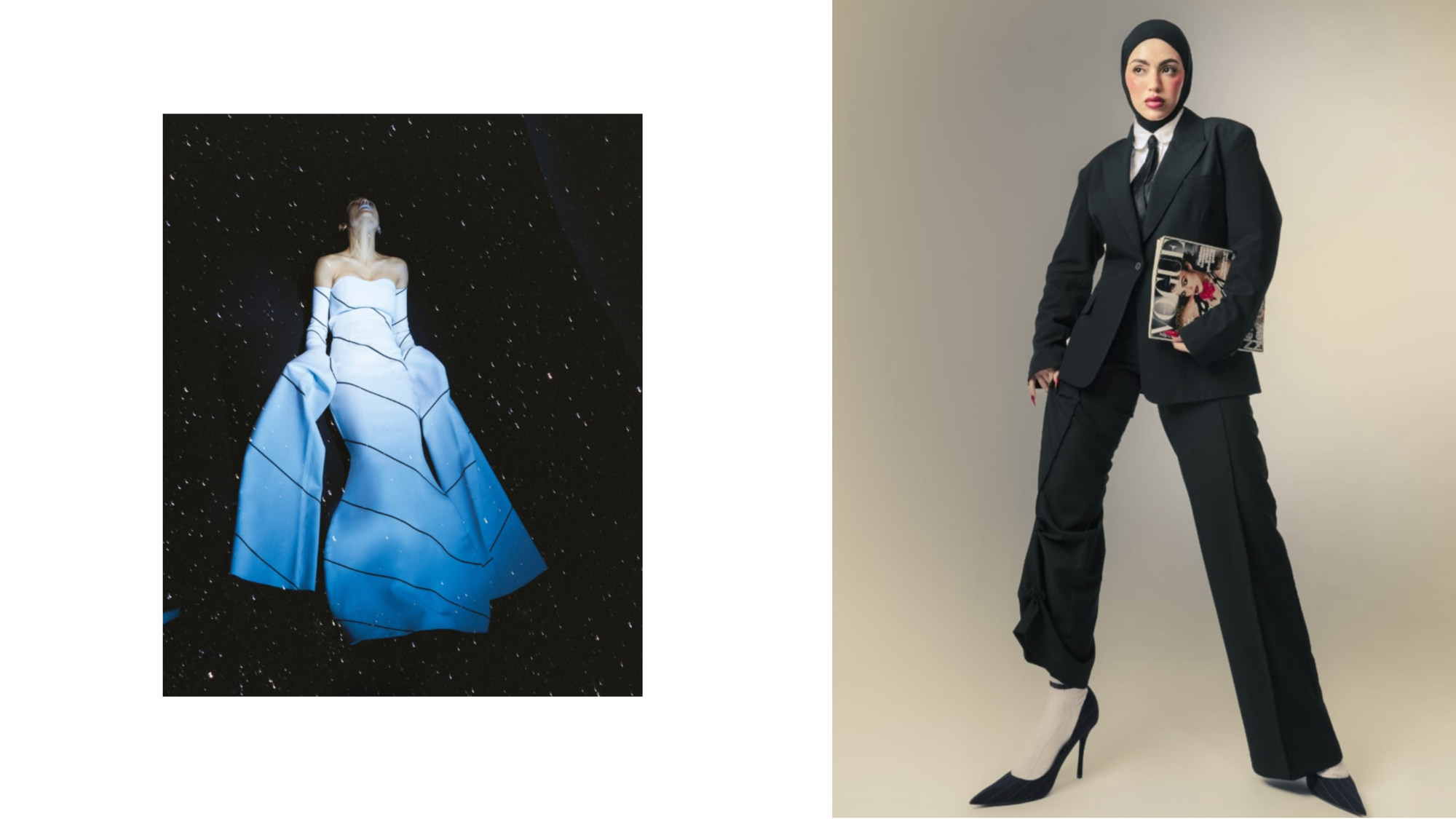
The Fashion journalist argues that, within the area of Fashion and knowledge, regardless of geography, women should vocalize their skills, without beating around the bush, without fear of being seen as arrogant, or waiting for third parties to validate their knowledge and expertise.
As a woman, the greatest difficulty she felt was while living in Paris, but she could have felt it anywhere else in the world - being obese at the time, finding a way for her wardrobe to reflect her taste and aesthetic sense was not an easy task.
Ideas and the awakening of an interest always arise from necessity, in addition to the aforementioned was the imperative of returning to Beirut, already with the urge to change her professional direction, leaving the Innovation sector for Fashion.
Using her lifelong passion for writing, she applied it to the promotion of the creative hub of this area that she had fallen in love with. Creatives who combined Western influences, artisanal techniques, and other elements perceived an idiosyncratic Lebanese fashion language, a wave of new talent - a creative movement.
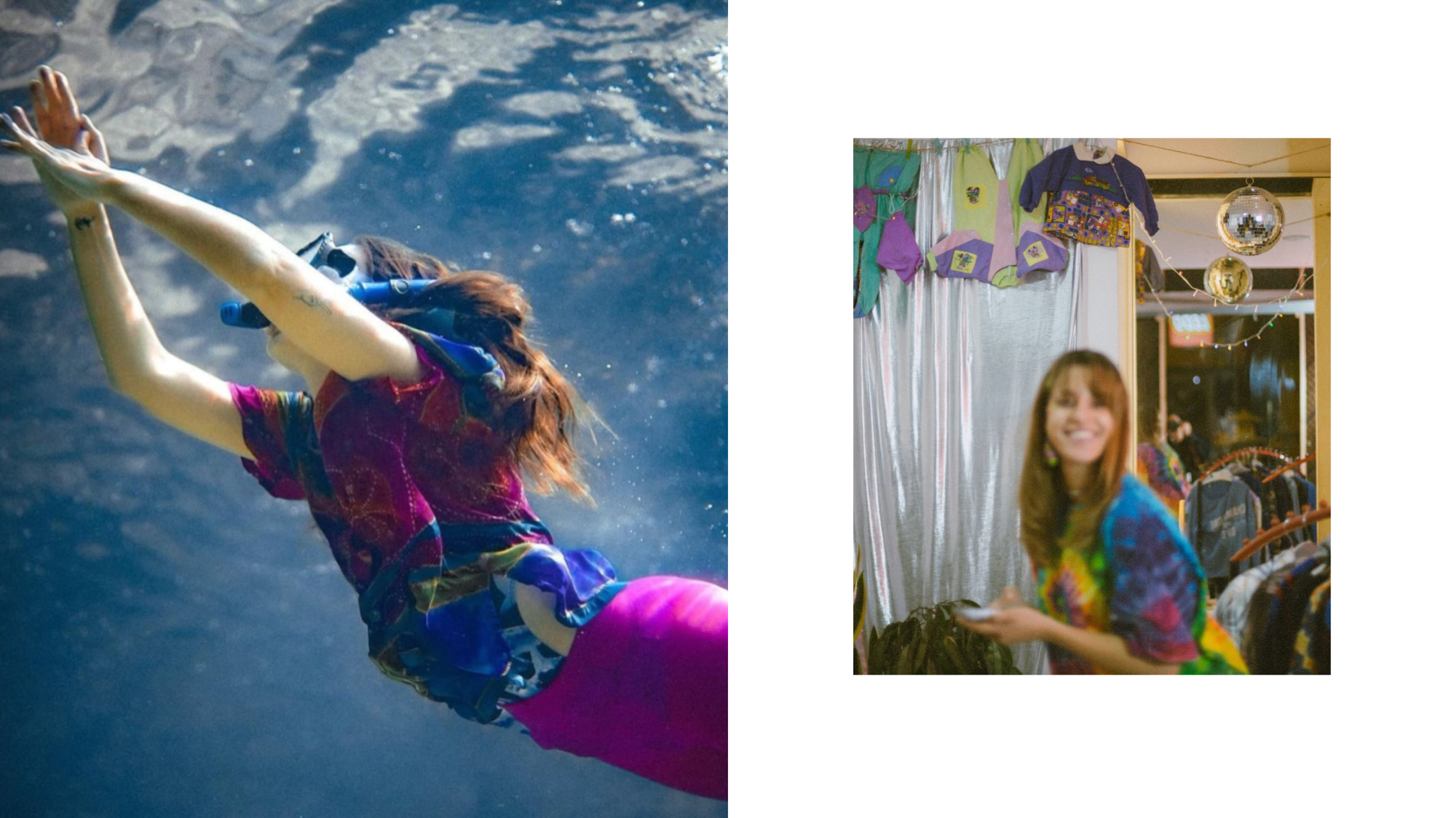
She knew that these proposals had to cross borders, after all, as she explained to me, borders are a historically recent concept. The seas and oceans have influenced customs and traditions, so we are not so different from each other. So, speaking loudly and “with your hands” is not something exclusive to Italians, it is something shared by the Lebanese, for example.
Christelle EL-Daher's work in the Lebanese Fashion cluster spans several fronts: teaching at the design school where she studied, Majal Design School; regular contributions to The Sandy Times; and her role as editorial coordinator for Plastik magazine.
And to all this, there are her personal projects, because as Christelle explained to me, working on her own projects is working from A to Z, so she also edits a magazine - The Way It is Worn (TWIW); a Substack - Fashionably Late; and promoting her research and writing work on Instagram.
She doesn't believe in the 9-to-5 job and is most productive at night. She believes that Fashion should have a slower pace, which is why she edits her magazine once a year and publishes on her Substack once every trimester. In TWIW he focuses on the Lebanese cluster, while for Fashionably Late she leaves the reflections on Fashion as a whole, not wanting to deal with topics that are too ephemeral.
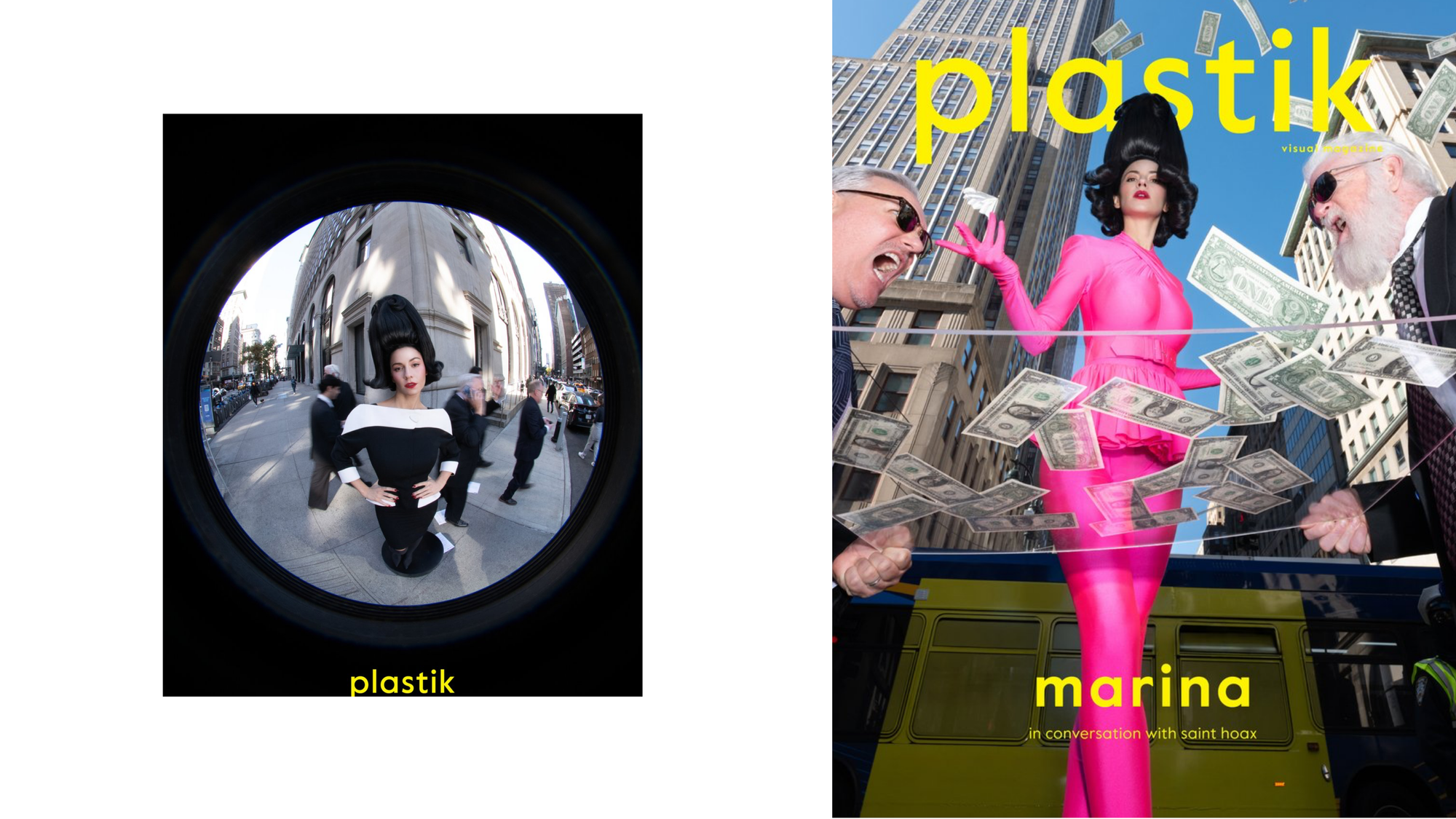
One of the things I like to discuss with my interlocutors is Fashion as a business, and how they see this aspect applied to their projects. Because it is not a factor that nullifies creativity. TWIW is a physical publication in a digital world and nears the incredible feat of being self-sustainable. However, digital Fashionably Late simplifies processes and optimizes costs.
In an interview she conducted with designer, historian and editor-in-chief of Marie Claire, Joe Challita, described his work as being guided by a star in bringing awareness to the history of Lebanese fashion. I am convinced that Christelle EL-Daher's mission is to be a catalyst for the conversation around Beirut's emerging talent.
We must remember that if we share ways of being and living, we will also express ourselves culturally in a unique way, with our own capital, but having the city and the world as a community.
Next week, we will go to the other side of the globe or wander through the infinite space of thinking about Fashion. As it is still unknown, subscribe to The Fashion Standup, if you haven't already, to find out. And in the meantime, you can discover more of Christelle EL-Daher's work at: @christelle.ed and @thewayitisworn.
With love,
Vera
